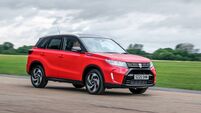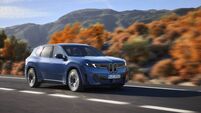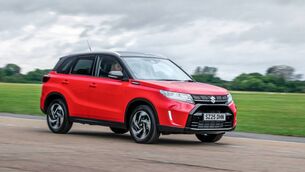Cupra Leon VZ review: stylish hybrid hot hatch — but does it really match the Golf GTI?
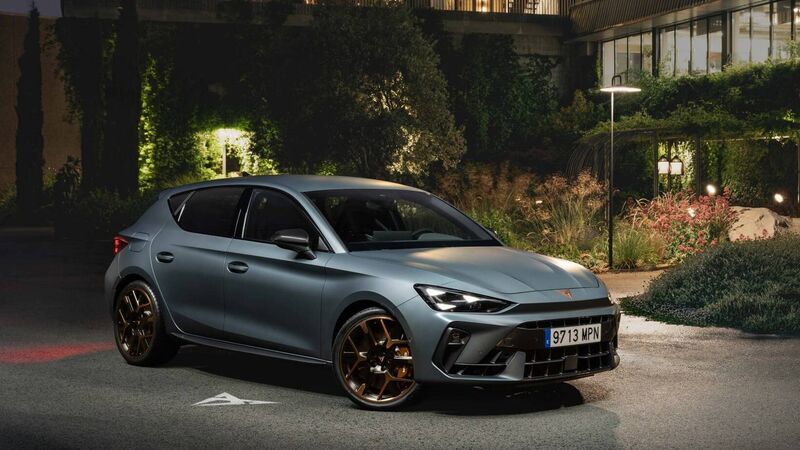
The Cupra Leon will draw comparisons to the Golf GTi, and will appeal to a younger demographic. However, its added roughness will not be to everyone’s tastes.
|
CUPRA LEON VZ |
|
|---|---|
|
|
★★★☆☆ |
|
|
€37,600 - €61,139 as tested |
|
|
a 1.5 PHEV with 272bhp |
|
|
very well specified in VZ spec |
|
|
not as dynamic as some of the new stuff from Cupra |
Time was when the Cupra nameplate was that which SEAT used on faster, in-your-face versions of its run-of-the-mill family cars.
That’s not quite the case anymore as Cupra has evolved into being a brand in its own right and the purveyor of stylish, copper-faced and performance-focussed EVs. Not all its products are electric though and, in truth, it will probably be those cars with which it makes its entrée onto the American stage in a couple of years.
A mix of hybrids, PHEVs and EVs, the Cupra range largely looks relentlessly forward – like any ambitious brand should do, but there are still elements of it which shine a light on its past. The Cupra Ateca is an example; so too is the Cupra Leon, which is this week’s tester.
Both are cars which are still made by SEAT – and also by Cupra too, which is something of a strange situation, not to mention confusing for the buying public as well. Selling under the SEAT badge and the Cupra ‘four-legged spider’ emblem as well, is bound to throw a curveball at the market.
But, as simple observers, what do we know about market forces and how they operate? Not much, obviously and certainly not as much as the marketing gurus paid the big bobs by both entities to create ‘supply chain visibility’ or some other technical jargon for making customers aware what they’re at.
Anyway, in simple terms, the SEAT Leon is a somewhat down-at-heel family car, while the Cupra Leon, while still in essence a final remnant of an older order, is actually its upmarket sibling. And having been updated with fresh styling, a reworked chassis and an upgraded interior, has had the benefit of being a prodigal child.
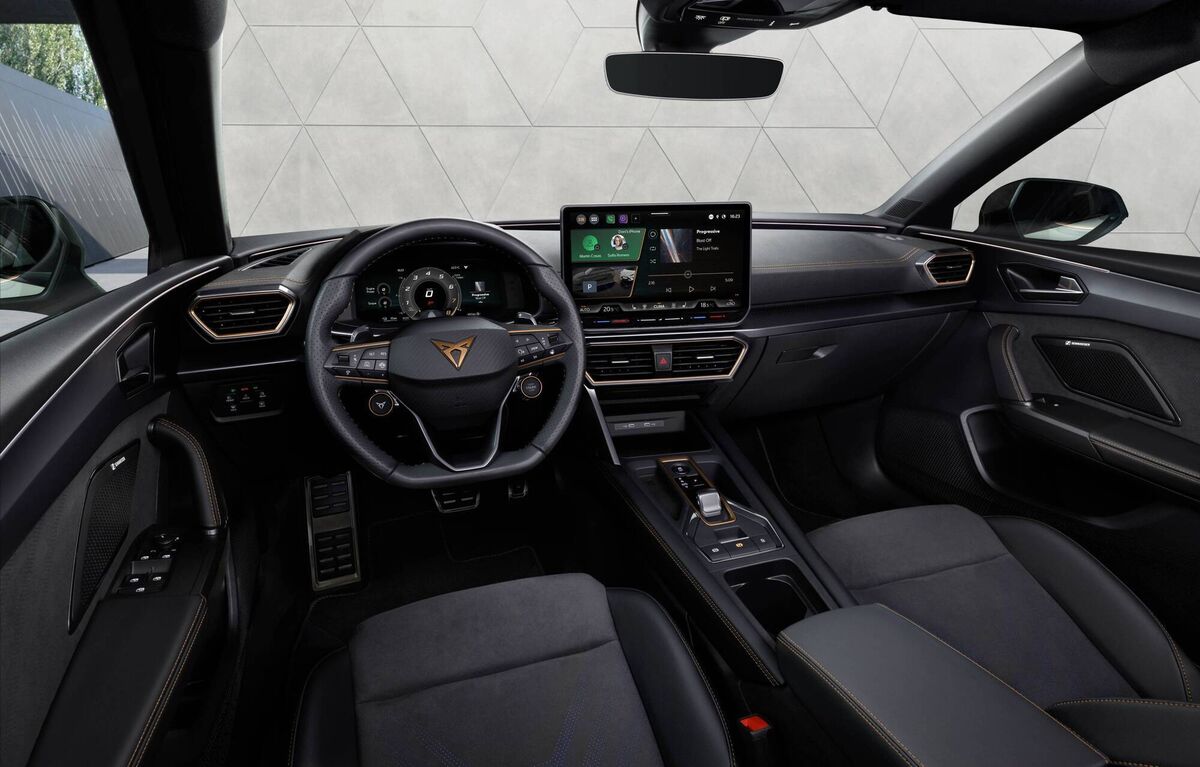
But it still has issues. Back in the day when the Leon Cupra was a SEAT, it competed with group stablemates such as the Golf GTi and the Audi S3 in the hot hatch market and was sold at a considerably cheaper price than either, which made it a very viable choice for the young hooligan segment.
The Cupra Leon (notice the subtle difference in name) is a bird of a different colour altogether. Now it is a more mature offering and one – it is hoped – will appeal to an older audience. But, as an established vehicle, it does not and cannot benefit from those areas which the Cupra brand is extolling as its raison d’etre – freshness, dynamism and ‘yoof’ appeal.
This latest model has been given a Cupra makeover, what with the copper/black alloys, a cheese-grater grille, sharper snout and a revamped rear end. The interior is now clad – as is the current trend – with largely recycled materials and the infotainment system has been upgraded.
We tested the VZ version, which is short for the Spanish word ‘veloz’, and it does suggest that there’s a bit of pizzaz going on here. And, with a PHEV power source (including a a.5 litre petrol engine and an 85-kW electric motor with a lithium-ion battery pack) it outputs a very healthy 272 bhp and has a 229 km/h top speed with a 7.1 second 0-100 km/h capability.
It is not to be confused with the VZs version which is a naked two litre petrol pushing out nearly 300 brake, but it is still an earthy performer and, although only a front wheel driver, it is very well mannered on-road performer and not inclined towards ill-mannered torque steer or terminal understeer as so many contemporaries are.
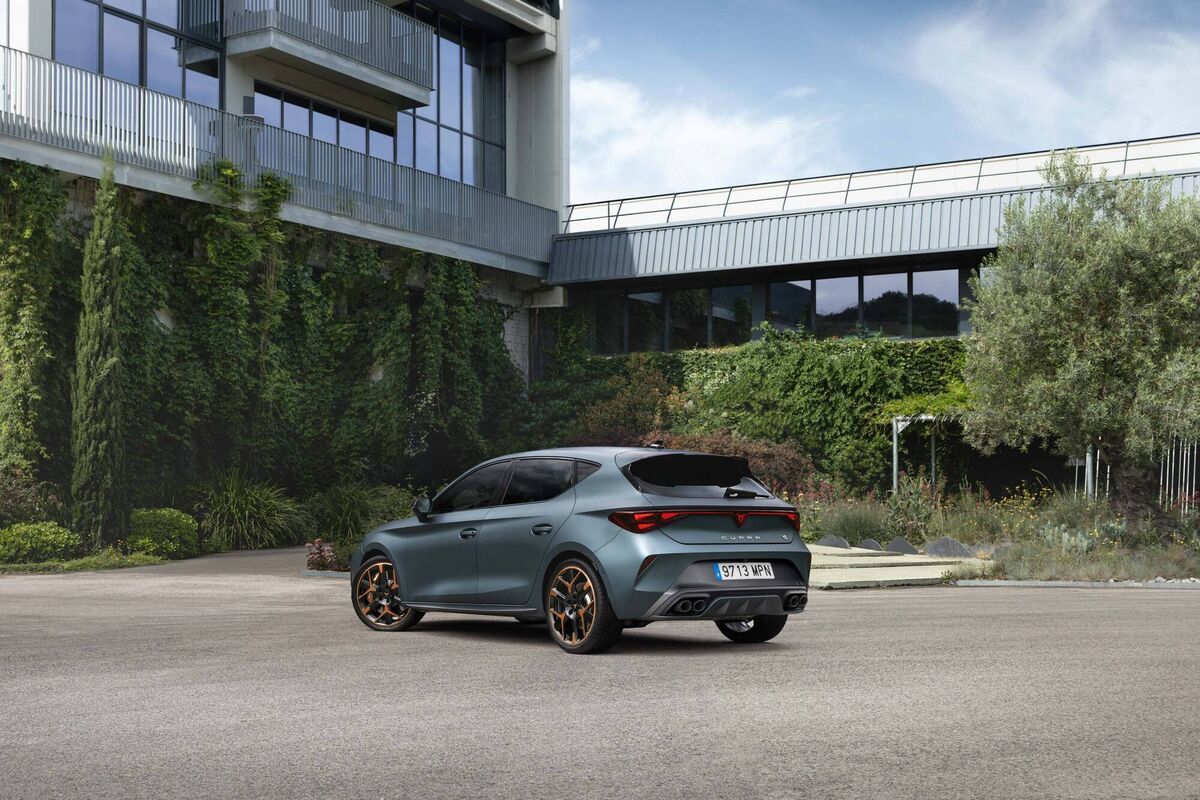
As a PHEV it also has notions of all-electric motoring and is actually capable of nearly 120 km without supping a drop of benzina, which is better than the standard fare for such beasts, so it does actually have some meritorious green credentials.
As we’ve so often found with PHEVs, the claimed mileage is ludicrous – 0.4 l/100 km (706 mpg) – but the reality is in the region of 5.4 l/100 km or 51.8 mpg.
The tester boasted a matt grey overcoat (Enceladus Grey, to give it its official title) which was very fetching and really set off all the characteristic copper touches of a Cupra. For a car that’s actually so long in the tooth, it currently looks to be right on the money, style-wise.
Taking inspiration, one presumes, from other cars in the line-up it has triangular light fittings which incorporate three LED triangles, giving it a unique and pleasing look. And, for something that to the naked eye looks like it will only produce a weedy light source, it is surprisingly effective.
At the rear there is a similar triumvirate lighting arrangement, although now linked by a full-width lighting strip with a ‘V’ motif in the centre, framing the ‘four-legged spider’ Cupra emblem, and very attractive it is too.
The interior has lots of copper-tinged elements as well and the quality of the materials used is of a high order and pleasing to both eye and touch. From here, however, things go slightly pear-shaped, largely thanks to the adoption of the same infotainment system as the current VW Golf, but with a number of changes that don’t do it or its interaction with the driver any favours.
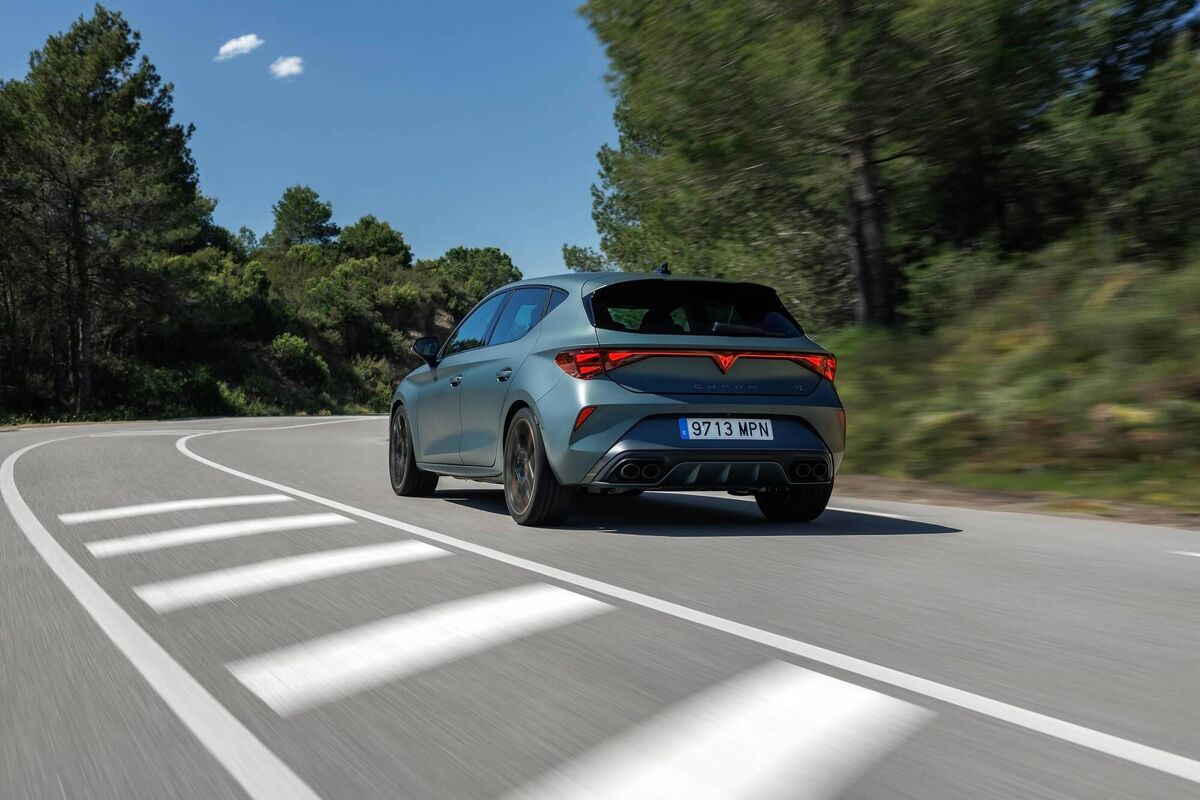
It is just as well most of the necessary/most used functions can be administered via the steering wheel buttons, because otherwise the system is unnecessarily distracting from what you’re supposed to be doing – i.e. looking at the road.
Stuff like the steering wheel-mounted started button and that for sorting out the drive modes look well and give off a sort of BMW ‘M’ vibe, without harbouring the same sort of malevolence.
Worth mentioning too is the fact that the standard bucket seats are hugely supportive and comfortable and the fact the interior space has been well managed to the point where a leggy six-footer can comfortably ride in the rear seats.
The boot, however, is somewhat compromised by the situating of the battery pack under the floor, with only 270 litres of space back there, by comparison with the 380 offered by the pure petrol models.
As an automatic – it has a six-speed DSG gearbox – it might have been that the car’s natural tendency towards understeer – thanks largely the fact it is a front driver – was exacerbated, but the engineers have done good work to dampen such excesses and the result is a motor which is pointy and accurate without being in any way nerve shredding.
For obvious reasons the car it will be most compared with is the Golf GTi and, as such, it fares relatively well; it does have a slightly harsher edge which will appeal to the younger set. That does not mean it is better, though, and to be honest I found some of that added roughness a tad tiresome. The price too is rather startling by comparison with it rivals.
This is something of a lukewarm prospect and, frankly, left somewhat in the dust of the class leaders> It is really an anachronism in the Cupra line-up and that shows. If I were them, I’d be leaving this part of the company’s history rather hurriedly behind.
